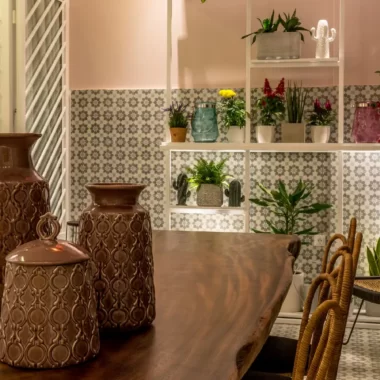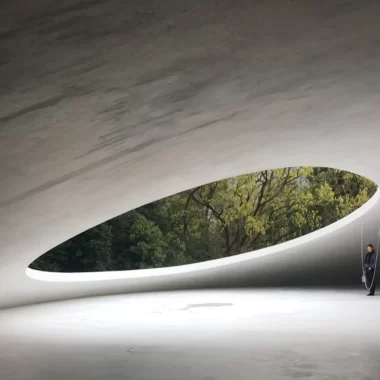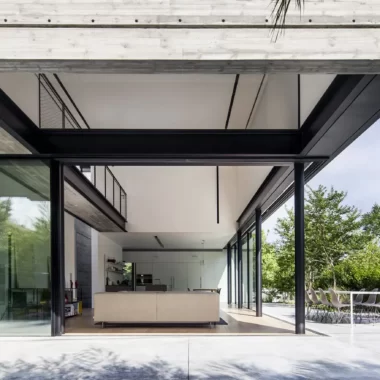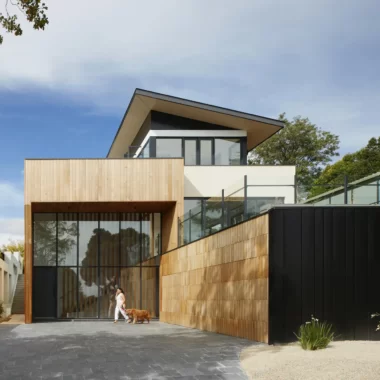This review is about biophilic design and architecture, definitions, implications and application. Scan books and studies have illustrated that the existence of the terms ‘Biophilic’ and ‘Architecture’ in tandem is dramatically low, and it seems that there is no commonly agreed definition of biophilic architecture and biophilic design conception among researchers and professionals. Therefore, it has attempted to refine the concept of biophilic design in architecture, and clarify ambiguities.
Table of Contents
Introduction
Urban communities now suffer from various physical and psychological disorders. Many studies show that it is because of the current design and construction methods which result in ruinous separation from nature. According to the bulk of studies regarding the correlation between human health and experiences in nature, human connection with nature can leave significant impacts on people’s overall health and well-being.
Unfortunately, human beings have been separated from nature by modern civilization culture. This pernicious way of environmental design compels researchers and architects to seek a new design approach which can enliven contemporary environmental design and architecture.
Primarily mentioned in Heerwagen’s publications (Heerwagen J.H. 1998, Heerwagen J.H, Hase B. 2001), a biophilic conception is a novel approach introduced in the 21st century. Herman Miller coined the term “phylogenetic design” to refer to the design based on the perception of an evolved relationship between people and nature. (Heerwagen J.H, Hase B. 2001, 5).
Promoting the biophilic notion in design and architecture, Kellert argued that a low environmental impact design approach per se would fail to achieve sustainable development in the long run and that “positive environmental impacts” — or what he later called the “biophilic design” — was required for the long term sustainability. (Kellert. 2004)
According to Kellert, the biophilic design(BD) is defined as “the deliberate attempt at translating an understanding of biophilia into the design of a built environment” (Kellert et al., 2008, 3); however, how can it be implemented in architecture? Kellert asserted, “The BD is not about greening our buildings or simply increasing their aesthetic appeal by inserting trees and shrubs.
More importantly, it is about humanity’s place in nature and the natural world’s place in human society.” (Kellert et al., 2008, vii) Although there must be greenery in buildings for therapeutic aspects, the building structure itself must also be healing. (Salingaros N.A. 2015) However, architects have sometimes misused the term biophilia to support only the “green” aspects of a design.
Apparently, the accurate perception of BD in architecture is still unclear and incomplete. This review analyzes the previous attempts at explaining BD with a focus on biophilic architecture(BA). The paper argues that most of the studies describing BA refer to Kellert’s BD definition and that there are only a few different interoperations of BA The absence of a precise definition of BA can lead to misconception and false implementation, which would limit the development of biophilic buildings.
MATERIALS AND METHOD
Addressing the literature on BA thoroughly, this paper reviews nearly all of the existing papers and books regarding BD in the past 35 years (1984 – March 2020). The term “biophilic” per se and also accompanied by “design, architecture, or building” were searched for in titles of papers in Web of Science, Scopus, and ScienceDirect databases.
The search results included 112 studies of different types such as journals, book reviews, conference papers, and reports. Abstracts and conclusions were analyzed in the first stage of the literature review. The resultant information showed that seven papers were mainly about the biophilia hypothesis, whereas seven other papers were about BD and ethics.
Biophilia is well-defined as the distinctive human instinct to connect with nature and other living beings. The term is derived from the Greek words for “life” and “friendship or affection;” making its literal translation “highest form of love for life.”
This concept is critically important to biophilic design, which uses and evaluates natural materials, patterns, and singularities to maintain a connection to nature within the built environment.
However, biophilia is more than just a philosophy—biophilic design has been found to support a building’s operational efficiency, physical health, comfort and psychological well-being. Since the average citizen in Europe spends approximately 90 per cent of their life indoors, implementing and integrating biophilic design concepts in the built environment would have noteworthy results.
Biophilia Hypothesis
Edward O. Wilson recognized that “human has inherent psychological affinities to the natural world, including aesthetic appreciation, emotional attachment, and spirituality, and all of these affinities have evolutionary and developmental significance.” (Knight & Riedel, 2002, p133) In 1984, Wilson defined the Biophilia hypothesis, which is sometimes called the “Psycho-Evolutionary Restoration Theory” (Williams, 2018) as; “the innate tendency to focus on life and lifelike processes.”
This proposition suggests that human identity and personal fulfilment somehow depend on our relationship with nature. The human need for nature is linked not just to the material exploitation of the environment but also to the influence of the natural world on our emotional, cognitive, aesthetic, and spiritual development, and other values.
Even the tendency to avoid, reject, and at times, destroy elements of the natural world can view as an extension of an innate need to relate deeply and intimately with the vast spectrum of life about us. (Wilson & Kellert, 1993).
The Full Article can be found here.
DISCOVER MORE ABOUT SUSTAINABLE BUILDINGS & BIOPHILIC DESIGN IN CRETE, GREECE.








